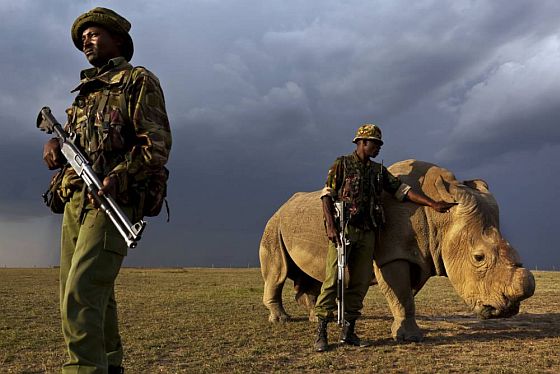It is often said that the first full image of the Earth, “Blue Marble”, taken by the Apollo 17 space mission in December 1972, revealed Earth to be precious, fragile and protected only by a wafer-thin atmospheric layer. It reinforced the imperative for better stewardship of our “only home”.
But there was another way of seeing the Earth revealed by those photographs. For some the image showed the Earth as a total object, a knowable system, and validated the belief that the planet is there to be used for our own ends.
In this way, the “Blue Marble” image was not a break from technological thinking but its affirmation. A few years earlier, reflecting on the spiritual consequences of space flight, the theologian Paul Tillich wrote of how the possibility of looking down at the Earth gives rise to “a kind of estrangement between man and earth” so that the Earth is seen as a totally calculable material body.
For some, by objectifying the planet this way the Apollo 17 photograph legitimised the Earth as a domain of technological manipulation, a domain from which any unknowable and unanalysable element has been banished. It prompts the idea that the Earth as a whole could be subject to regulation.
This metaphysical possibility is today a physical reality in work now being carried out on geoengineering – technologies aimed at deliberate, large-scale intervention in the climate system designed to counter global warming or offset some of its effects.
While some proposed schemes are modest and relatively benign, the more ambitious ones – each now with a substantial scientific-commercial constituency – would see humanity mobilising its technological power to seize control of the climate system. And because the climate system cannot be separated from the rest of the Earth System, that means regulating the planet, probably in perpetuity.



